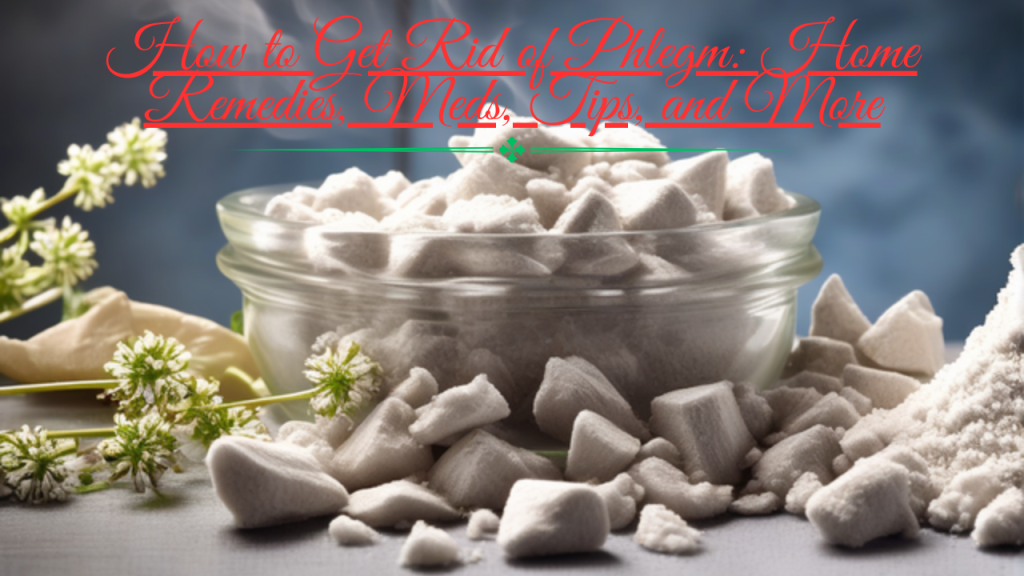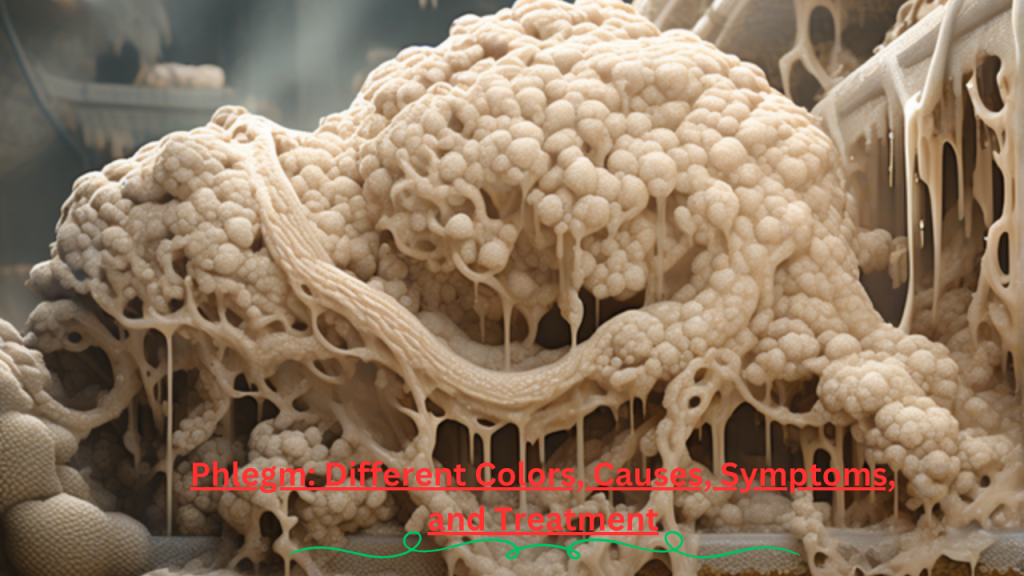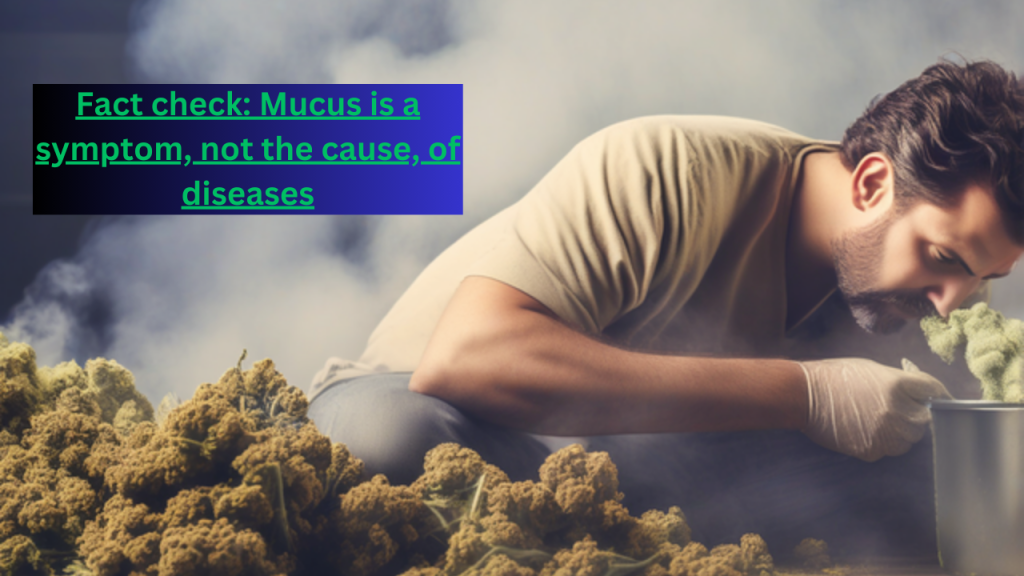Danjor Linens Queen Sheet Set - 6 Piece Set Including 4 Pillowcases - Deep Pockets - Breathable, Soft Bed Sheets - Wrinkle Free - Machine Washable - Black Sheets for Queen Size Bed - 6 pc
$27.99 (as of April 22, 2024 18:00 GMT +00:00 - More infoProduct prices and availability are accurate as of the date/time indicated and are subject to change. Any price and availability information displayed on [relevant Amazon Site(s), as applicable] at the time of purchase will apply to the purchase of this product.)Introduction
Phlegm and mucus are natural secretions produced by the respiratory system to help protect and lubricate the lungs, throat and nasal passages. However, excess phlegm and mucus production can be bothersome and uncomfortable. When fighting a cold or respiratory infection, clearing phlegm and mucus becomes even more important for breathing comfortably. Here are some effective ways to get rid of phlegm and mucus naturally.
Understanding Phlegm and Mucus

Phlegm and mucus are two different secretions but have overlapping functions. Let’s quickly understand the difference:
Phlegm refers specifically to thick secretions produced by the respiratory tract in response to irritation or infection. It helps trap and expel foreign particles, bacteria and viruses from the lungs and airways.
Mucus is a slimy fluid secreted by the mucous membranes that line various internal passages of the body like the nose, throat, lungs, stomach and intestines. Its main roles are moisturizing, protecting and lubricating these internal surfaces.
When you have a cold, cough or respiratory infection, excess phlegm and mucus production occurs as part of the body’s natural defense mechanism. This increases the load that needs to be expelled regularly for comfortable breathing. Let’s look at some effective natural methods to get rid of this excess phlegm and mucus.
Drink Plenty of Fluids

Staying well hydrated is one of the simplest yet most effective ways to thin out thick phlegm and mucus for easy expulsion. Water is your best bet as it dilutes and liquefies the sticky secretions, making them slippery enough to be coughed up or blown out.
Besides plain water, herbal teas are a good option. Try caffeine-free teas made from herbs like thyme, peppermint, cinnamon, eucalyptus, lemon or ginger which have natural expectorant properties. Hot tea helps loosen phlegm and makes it less viscous.
Fruit juices like orange, pineapple or cranberry juice also work well due to their water content. Avoid very cold beverages as they can further irritate your throat. Sip fluids throughout the day rather than gulping them down at once. Staying hydrated internally and externally will keep your secretions runny.
Use a Saline Nasal Spray
A saline nasal spray containing saltwater is very beneficial for reducing mucus buildup in the nasal passages when congested. It works by:
Thinning out thick mucus via hydration
Loosening dried or hardened secretions
Fluidifying impacted ear wax and drainage
Helping flush out allergens, pollutants and irritants
Soothes inflamed nasal tissues
The salt in the spray draws water from tissues back into the nasal cavity, reduces swelling and keeps nasal passages moist without drying them out. This allows trapped mucus to drain out or be blown out more easily with every spray. Look for a saline concentration of 0.65% or as close to normal saline as possible.
You can buy a saline spray over the counter or make your own at home by dissolving 1/4 to 1/2 teaspoon of non-iodized salt in 8 oz of lukewarm water. Store it in a clean spray bottle and use as needed throughout the day, especially before blowing your nose. Saline clears clogged passages better than any decongestant spray.
Apply Warm Compresses

Warm compress therapy helps reduce swelling, relaxes tissues and thins out thickened mucus secretions, making them easier to expel out through coughing or blowing. It works on the principle of hydrotherapy where applying heat causes blood vessels to dilate temporarily, improving circulation and drainage.
Soak a clean washcloth or towel in warm water and wring out excess moisture.
Apply it over the sinus areas, forehead, bridge of your nose, cheeks and throat. You can also place it on your back between the shoulder blades.
Leave it on for 5-10 minutes till the cloth cools before rewarming it under warm tap water.
Repeat the process 2-3 times a day when congested from a cold or sinus infection.
You can use a hot water bottle or heating pad instead of a compress for the back.
The heat and moisture help nasal and chest congestion, reducing inflammation and promoting drainage of mucus from the sinuses and lungs. Alternate with cold compresses or ice for added benefits.
Steam Inhalation Therapy
Steam inhalation with essential oils is an immensely soothing remedy that breaks up and loosens thick mucus to help expel it more easily through coughing and blowing. Here’s how to do it:
Bring a pot of water to a boil.
Remove from heat and add 5-7 drops each of 2-3 essential oils with expectorant properties like eucalyptus, thyme, rosemary, peppermint, tea tree etc.
Lean over the steam with a towel over your head to trap the vapors. Breathe in deeply through your nose and mouth for 10-15 minutes.
You can microwave a bowl of water and add essential oils too if boiling on the stove is not feasible.
Repeat the steam session 2-3 times a day until congestion subsides.
The steam hydrates nasal and chest congestion while essential oils’ anti-microbial properties reduce inflammation and loosen thick secretions. Coughing after each session helps expel the loosened mucus. Be careful of burns from hot water.
Dry Coughing/Huff Coughing

Dry coughing refers to coughing without bringing up sputum or mucus. It is an effective technique to break up and mobilize mucus secretions in the respiratory tract. Here are the steps:
Take several deep breaths in through your nose and out through your mouth to fully inflate your lungs.
On the last exhalation, purse your lips as if to whistle and forcefully push all air from your lungs with a fast coughing sound.
Repeat the fast cough 10-15 times in sets of 3 times per day. Rest between each set.
End each set with regular coughing to bring up any loosened mucus.
Huff coughing works on the same principle but involves inhaling quickly through your mouth without any air escaping from your lungs and then exhaling forcefully through an open mouth. Over time, it dislodges and propels mucus upwards for removal.
Postural Drainage
Postural drainage uses gravity to help clear secretions from the lungs. Simple position changes while coughing can help drain mucus more effectively from different lung segments:
Sit upright and lean slightly forward while regularly coughing to drain the upper lobes.
Lie on your right side and cough forcefully to drain the middle and lower right lobes.
Turn and lie on your left side and cough again to drain the lower left lobes.
You can also lie face down over the edge of your bed with your upper body lower than hips and cough.
Do these positional coughing techniques 2-3 times daily, changing positions every 5 minutes for 10 minutes till all lung areas are drained.
Proper posture allows gravity-assisted expectoration of built up phlegm and should be followed by deep breathing exercises to reinflate the lungs. Consult your doctor for customized techniques if needed.
Exercise and Mobilization
Regular light to moderate exercise helps loosen congested chest secretions and make them easier to expel. Even simple mobilizing activities are beneficial:
Gentle aerobic exercises like walking, stationary cycling, water aerobics etc help vibrate airways and move lung stagnation.
Chest physiotherapy involving clapping, rubbing and percussions benefits breathing capacity and expectoration.
Stretching, deep breathing, coughing during and after exercise reinflates and shakes air sacs.
Brisk walking outdoors when not too sick helps change your environment and blow out mucus with every breath.
Sit-ups, knee-to-chest, double knee chest positions also aid lung drainage.
Doable exercises within your comfort levels are advised to break up phlegm without overexerting yourself when under the weather. Breathing control is key along with adequate hydration.
Mucus-Loosening Foods

Certain foods have innate expectorant properties that assist liquefying thick mucus secretions:
Onions – Steam chopped onions and inhale the fumes to aid decongestion. Drink onion juice or soup as well.
Garlic – Garlic supplements, raw cloves or soup fights infections and relieves congestion.
Ginger – Grate fresh ginger root into hot water or add to dishes for its anti-inflammatory effects.
Honey – A teaspoon of raw honey in warm water or lemon helps soothe sore throats and dissolve mucus.
Pineapple – Bromelain enzyme in pineapple breaks up coagulated proteins in mucus.
Parsley – Chew on parsley sprigs or add to food and drinks for its caffeic acid that loosens phlegm.
Tur



